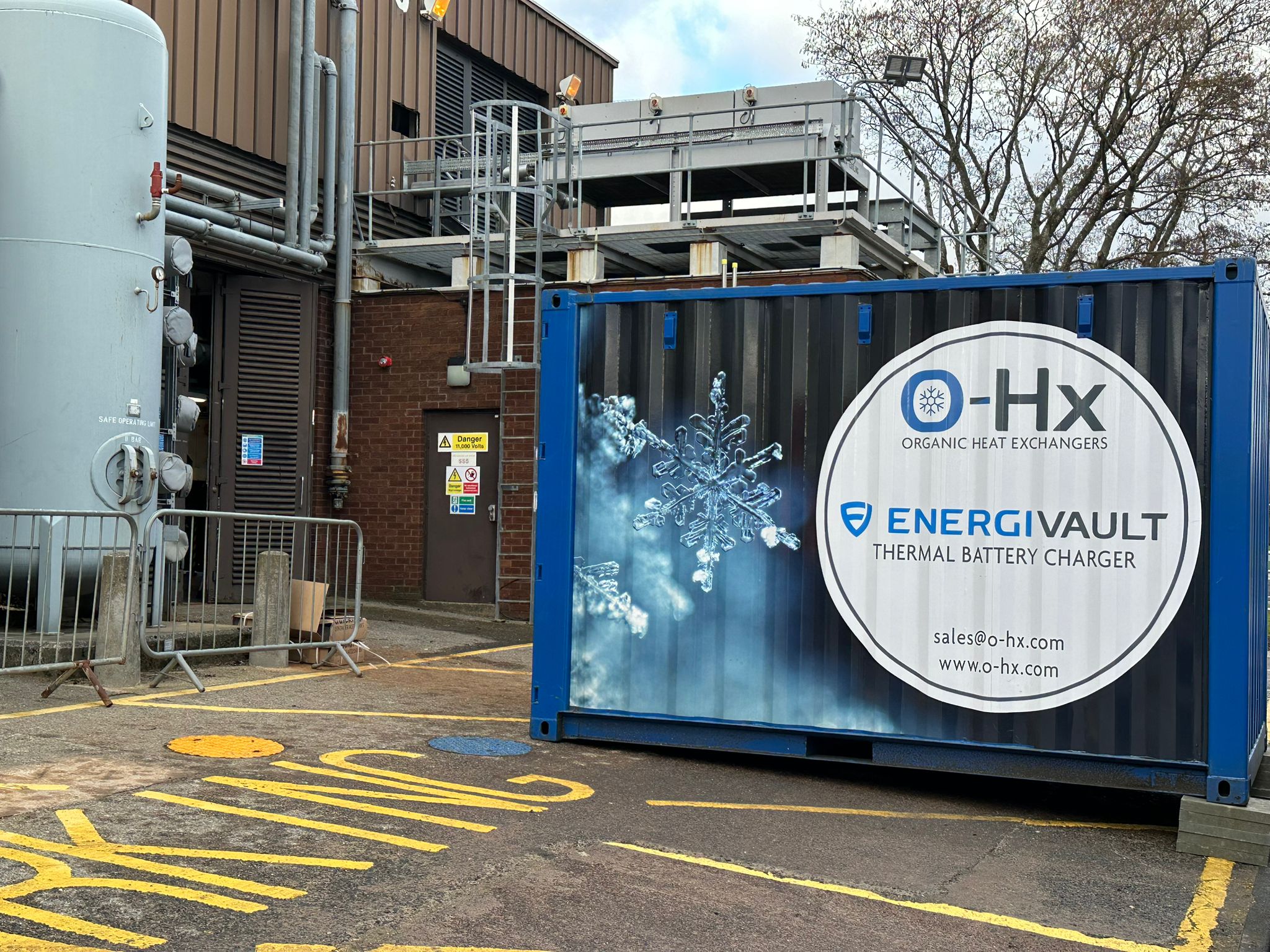As industries seek smarter, more sustainable energy solutions, the integration of cold thermal energy storage (CTES) with solar photovoltaic (PV) systems presents a powerful opportunity. By converting excess solar power into stored cooling energy, businesses can significantly lower electricity costs, enhance system efficiency, and support their decarbonisation goals.
The Case for Cold Storage in Solar Applications
Solar PV systems often generate surplus energy during daylight hours—energy that, without storage, may be underutilized. CTES offers an elegant way to preserve this energy in the form of cold, using:
- Ice
- Chilled water
- Advanced phase change materials (PCMs)
This stored energy can later be used to meet cooling demands, especially during peak electricity periods, reducing grid dependency and operational costs.
Key Industrial Applications
Industries with high cooling demands benefit most from CTES, including:
- Food processing and cold storage – Enhanced refrigeration efficiency and resilience
- Pharmaceutical and chemical sectors – Reliable cooling for temperature-sensitive processes
- Data centres – Continuous, efficient cooling with minimal energy loss
- Large-scale HVAC systems – Optimised central air conditioning and energy use
How CTES Works
Cold thermal energy is stored during periods of low energy demand—such as nighttime—then deployed during peak hours to:
- Offset high electricity tariffs
- Reduce reliance on active mechanical chillers
- Flatten energy demand curves
- Increase the utilisation of solar-generated energy
Introducing EnergiVault: A Smarter Thermal Battery
Developed by Organic Heat Exchangers (O-Hx), EnergiVault is an advanced CTES system leveraging high-density PCMs to:
- Achieve greater energy storage per unit volume
- Deliver scalable, compact solutions
- Improve cooling capacity with lower power input
- Eliminate the need for oversized inverters or high inrush startup currents
This makes EnergiVault ideal for modern cooling environments such as data centres, where consistent performance and compact design are critical.
Key Benefits of CTES with Solar PV
1. Efficient Energy Capture and Storage
- Stores solar surplus as thermal energy for use during low-generation periods (e.g. night or cloudy days)
- Reduces reliance on lithium-ion batteries, offering a more cost-effective alternative in cooling applications
2. On-Demand Cooling Support
- Supports industrial refrigeration, chilled water systems, and air conditioning directly
- Improves chiller performance and avoids over-dimensioning of electrical infrastructure
3. Peak Shaving and Load Balancing
- Uses stored energy during grid peak hours, reducing energy costs and alleviating grid strain
- Enhances system resilience in high-temperature conditions or during equipment limitations
4. Operational Efficiency and Environmental Impact
- Designed for high turnaround efficiency with minimal energy losses
- Lowers carbon emissions by maximizing renewable energy usage
- Supports net-zero goals through reduced fossil fuel dependence
Scalability and Adaptability
EnergiVault’s modular and scalable architecture allows for seamless integration into both:
- New builds – Designed from the ground up with solar + storage in mind
- Legacy facilities – Retrofittable into existing chiller systems with minimal disruption
Its flexible design accommodates cooling requirements ranging from small-scale operations to hyperscale industrial sites.
Driving Broader Adoption of Solar Through CTES
The growing deployment of CTES systems supports the solar industry in several ways:
- Enhances solar project bankability by stabilising output and improving financial returns
- Enables self-consumption of solar energy by storing it for use during off-peak hours
- Attracts new market segments, particularly in industrial cooling and refrigeration
- Improves grid integration and supports national decarbonisation policies
As regulatory incentives for clean energy expand, CTES will increasingly complement solar PV in industrial applications, strengthening the business case for solar-plus-storage systems.
Conclusion
The integration of cold thermal energy storage with solar PV represents a breakthrough in industrial energy strategy. By enabling reliable, on-demand cooling with stored solar power, EnergiVault and similar technologies:
- Maximize the value of solar energy
- Reduce energy costs
- Improve sustainability
- Support grid stability
CTES is not just a solution for today’s cooling challenges—it’s a strategic asset for the future of industrial energy management.
Learn more: 🌐 www.o-hx.com 🔗 O-Hx on LinkedIn
